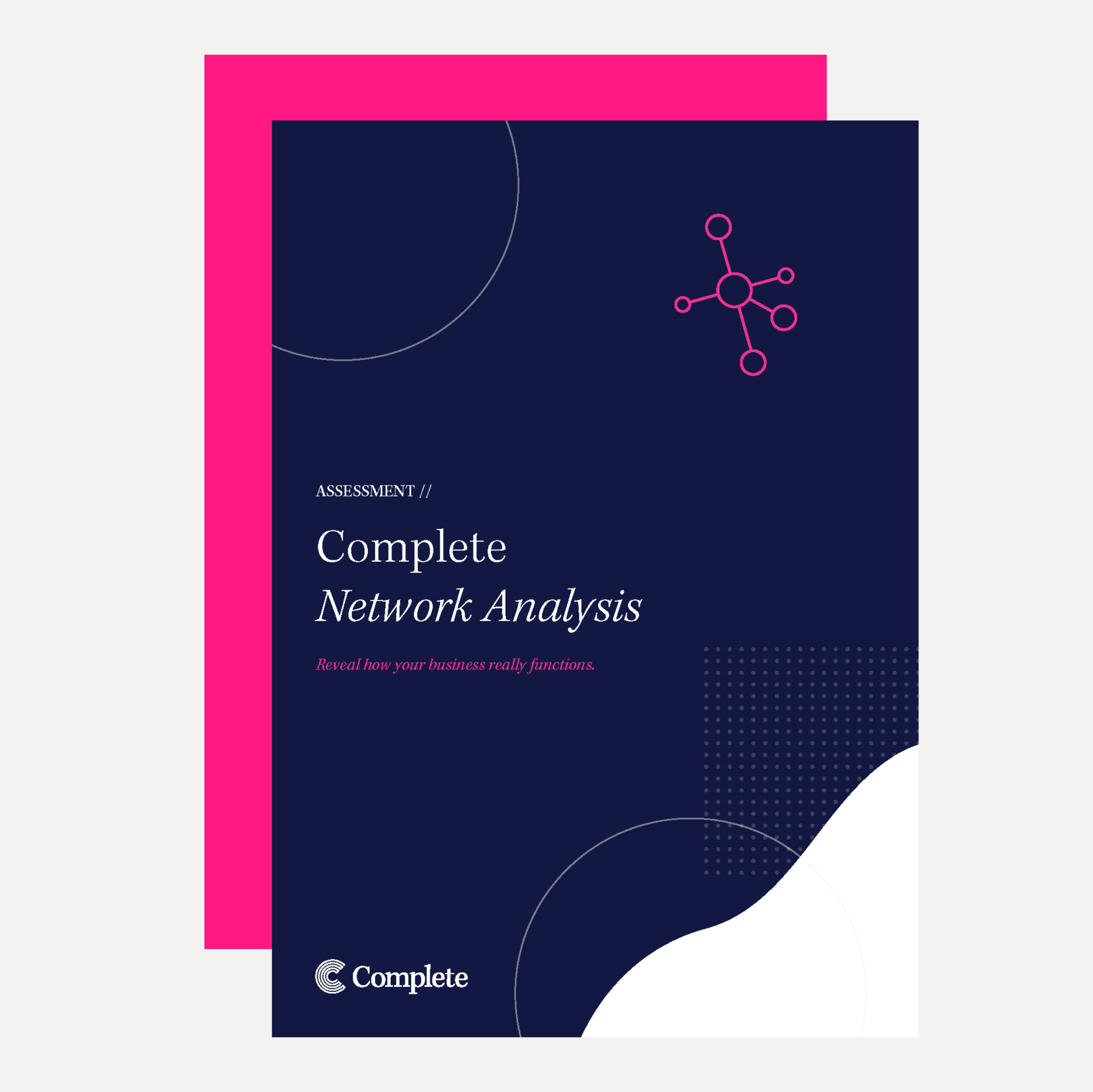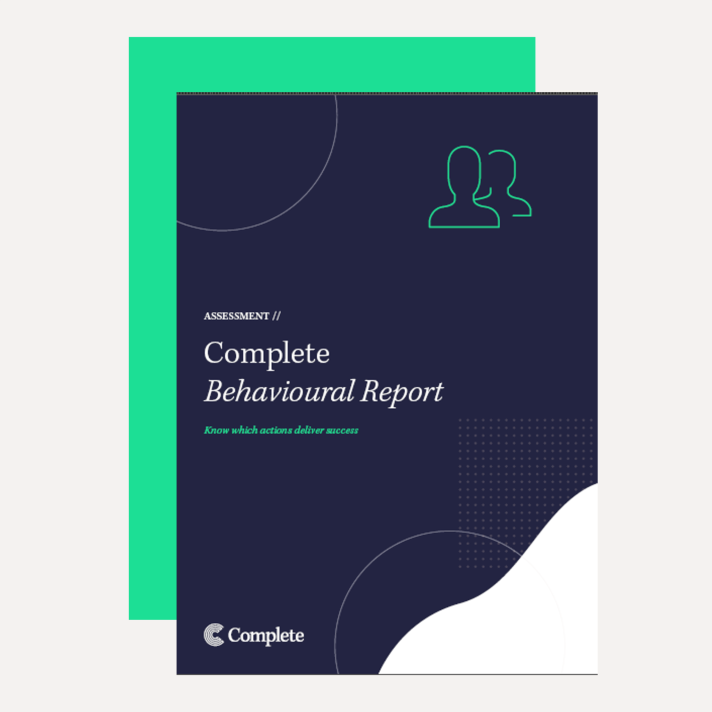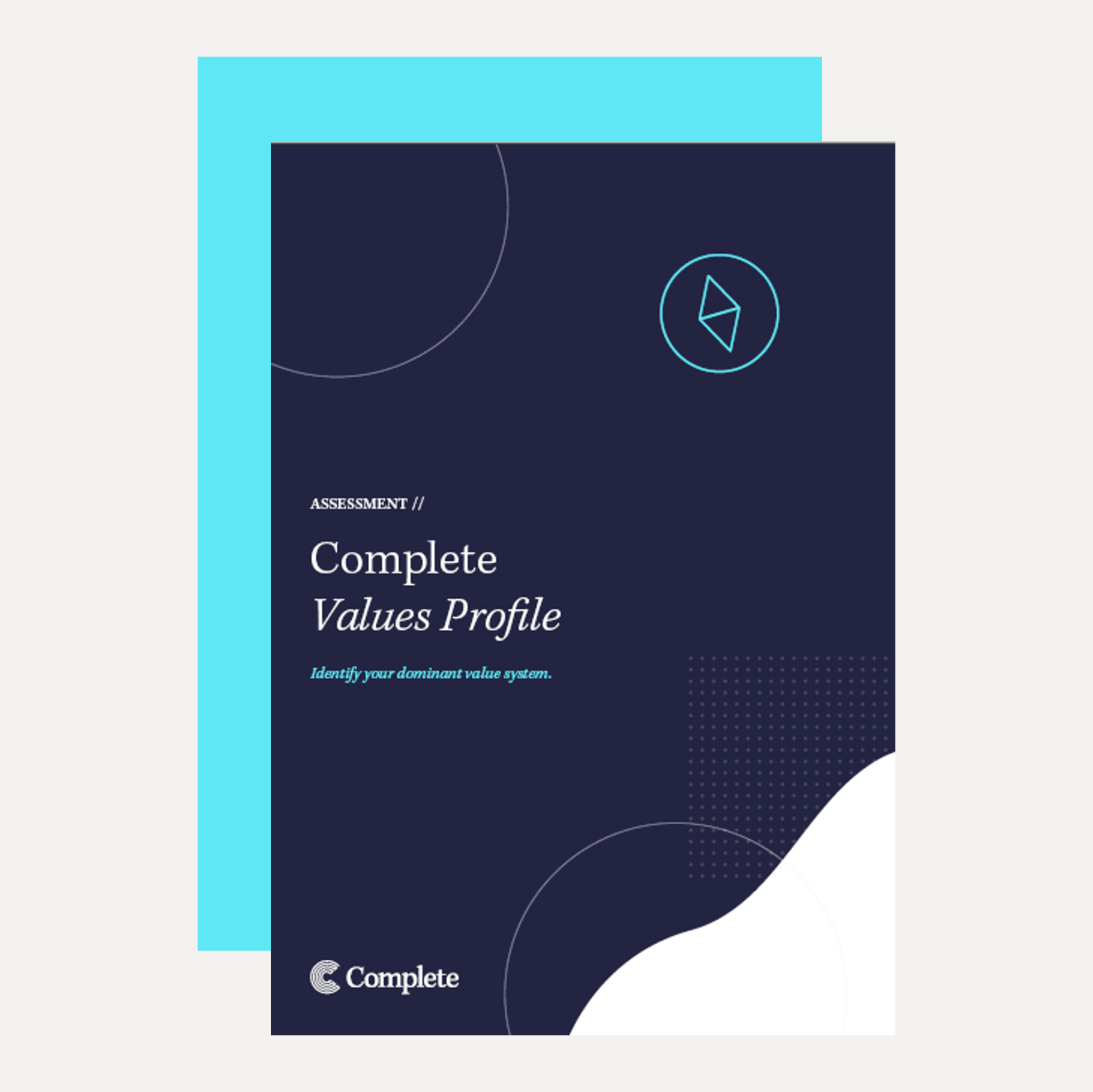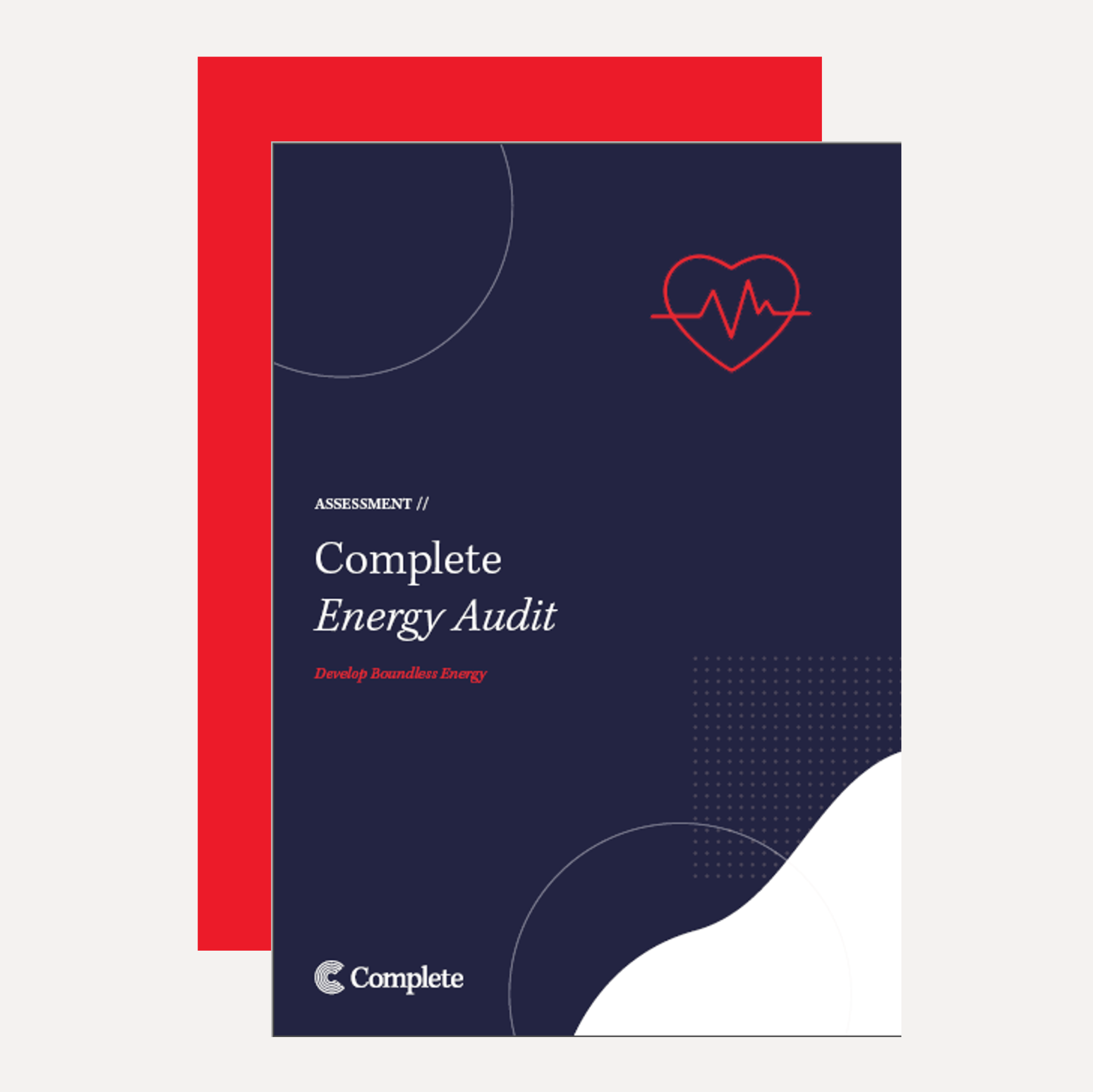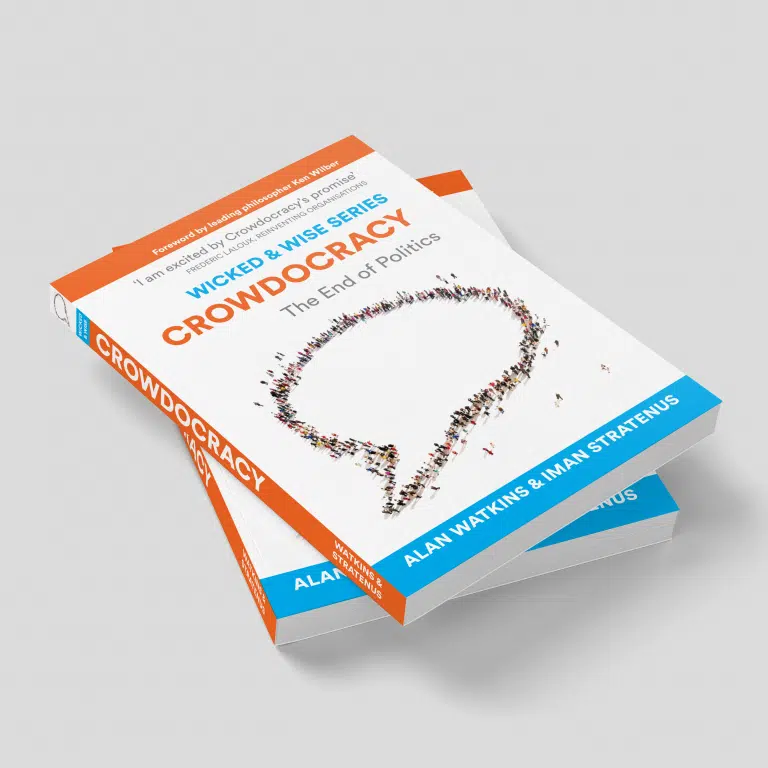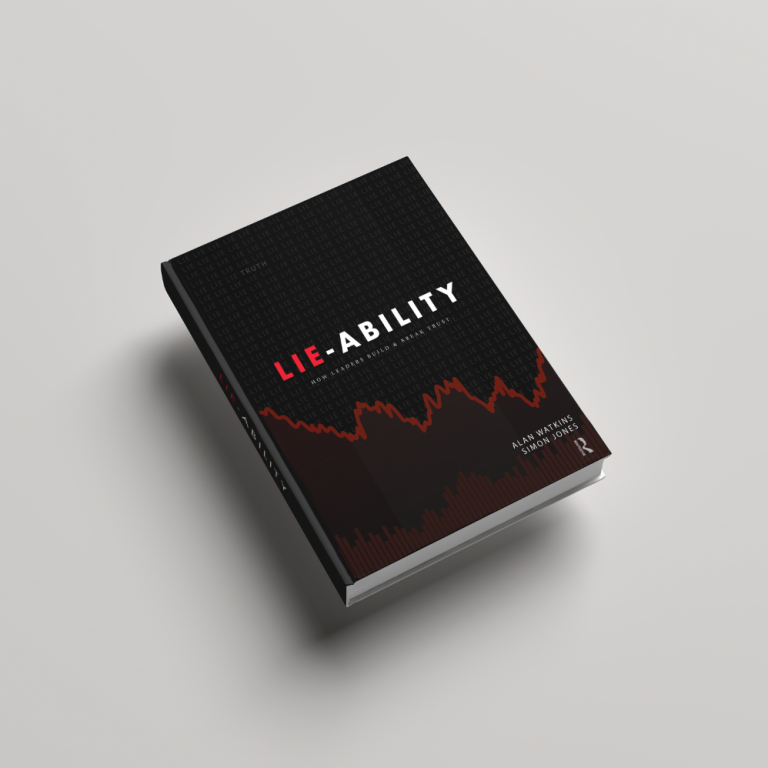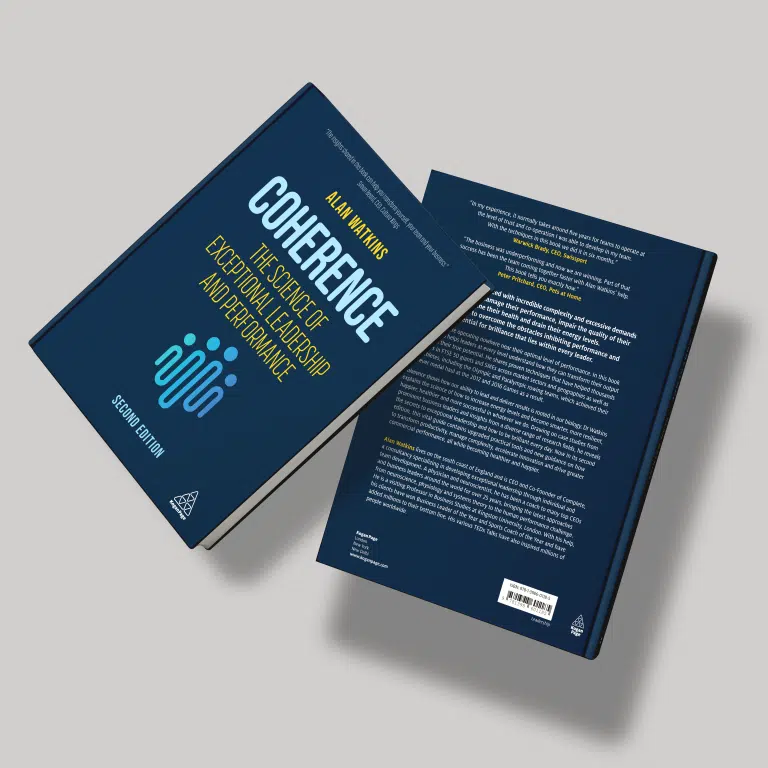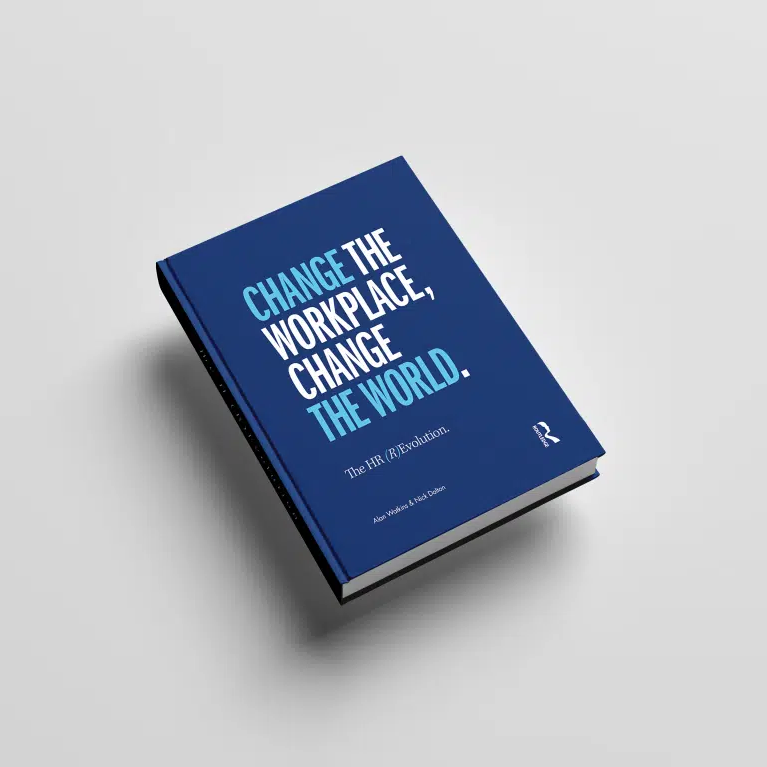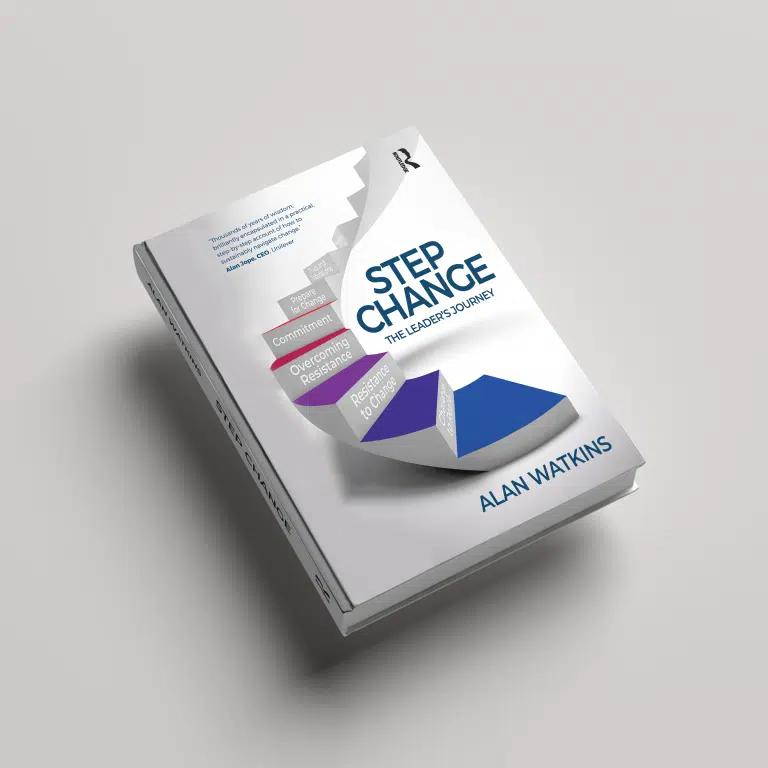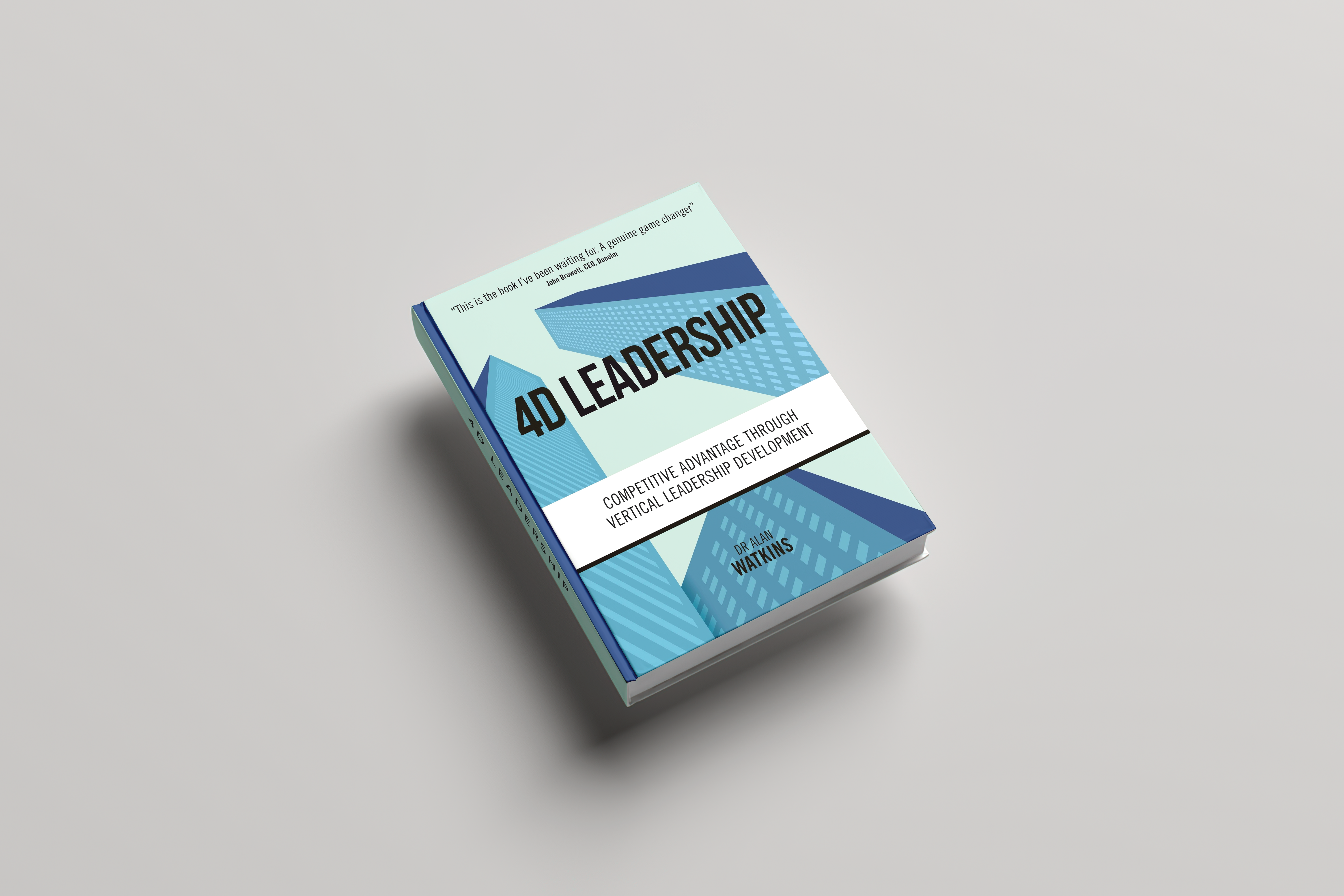The way we work changed during the pandemic. Many now talk of ‘hybrid’ working.
But what really is hybrid working? In the hundred or so companies we work with, globally and in all market sectors, most recognise that people will never return to the office five days a week. They will work part from home and partly from the office – hence hybrid. But the exact regime will be agreed with their employers.
However hybrid practices are not the only thing that’s changed and the changes depend on who you are, where you are and who you work for.
Some people struggled with the lack of social contact and the isolation that this can produce; others delighted in escaping a long commute every day. Some people completely reassessed their working lives. This resulted, in late 2021, in ‘the great resignation’ as record numbers of people quit their jobs. Some people have said they never want to come back to the office. According to PwC, 77% of UK employees want a mix of face-to-face and remote working.
Now many industries are struggling to recruit. This has meant that the working environment matters more than ever. Making hybrid working possible is now a basic requirement, but employers are having to do more just to find the staff.
In this new hybrid future we find ourselves, there are unexpected cultural challenges. Maintaining high levels of employee engagement when people only come to the office once a week is much tougher. Attracting new recruits to empty offices with no vibe or buzz is equally challenging.
The hybrid model has also flipped working practices. It used to be that you needed to be in the office to access the technology and equipment for the more complex aspects of your job. In contrast, if you wanted to socialise with your colleagues that was done outside of the workplace. Now people work from home to do the more complex tasks, where no one can bother you, and it’s often quieter. Whereas many now come into the office or workplace for social connectivity. It’s hybrid, Jim, but not as we knew it …
This new, flipped hybrid working style may be more efficient for many, with no commute and shorter breaks, but we’ve lost the social and culture glue that is so vital to our wellbeing. As a result, we’re seeing greater social anxiety and mental health issues. For managers too, it’s causing challenges. After all, it’s much harder to manage people, particularly at moments of crisis or difficulty, if you’re just interacting on a screen.
Hybrid working – mapping for success
How and where work gets done has also changed forever. The org’ chart is dead. It bears no relationship to how work gets done today. It’s as irrelevant to business today as the man walking in front of a car, waving a flag is to modern day motoring.
So how do we structure working for best organisational and personal success? Network analysis.
Network analysis shows how organisations really function across operational, cultural, and strategic networks. And those three aspects of network analysis are really important.
Remote working might generate operational efficiency, but you lose the benefits of cultural networks in the organisation. You risk losing the trust and psychological safety that creates strong relationships in the workplace. Without social interaction, we lose the opportunity to stretch each other’s thinking and develop higher levels of innovation, disruption and creativity.
So, if you really want to make the flipped hybrid model work for your organisation it helps to understand the existing operational, cultural and strategic networks that exist within your organisation. Network analysis visualises how your company functions and what you may need to change in this new world of work. Network analysis can tell you who needs to come into the office to connect with who; where bridges need to be built and who the key players are that can make hybrid working hum for you. Without this data most are simply guessing, hoping, and praying.
Network analysis enables you to map the minefield of the new world of work – and make it work for your organisation.













